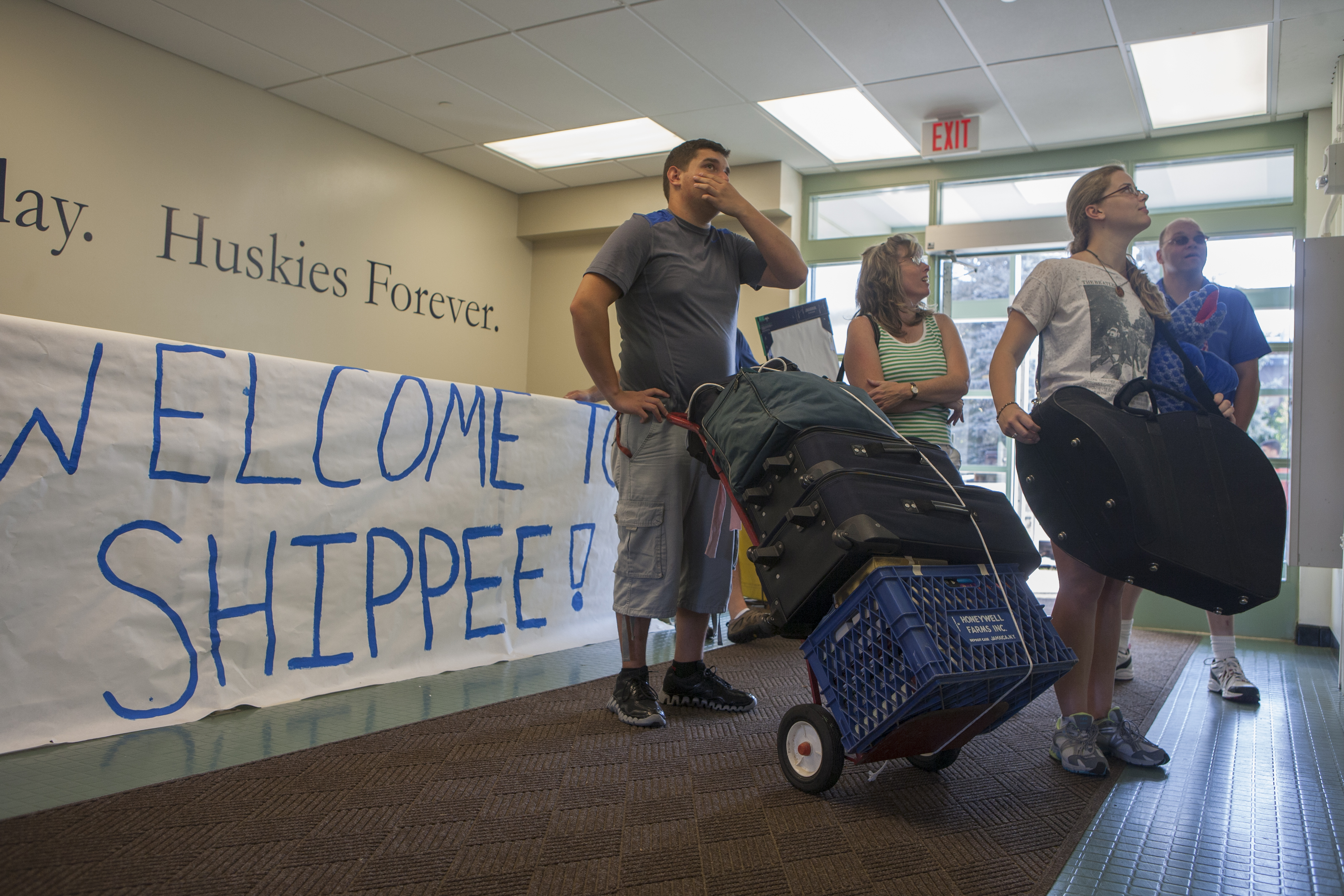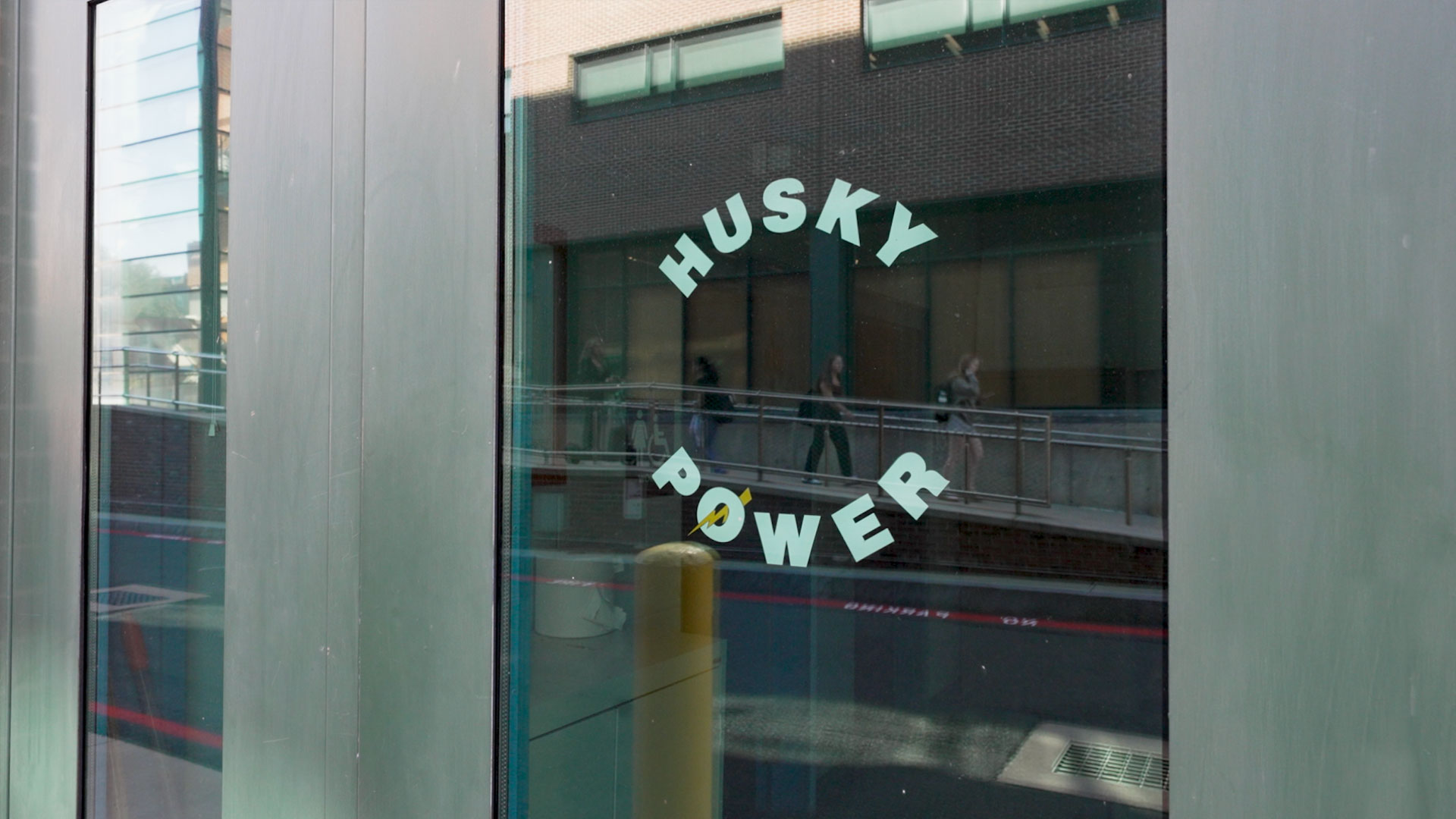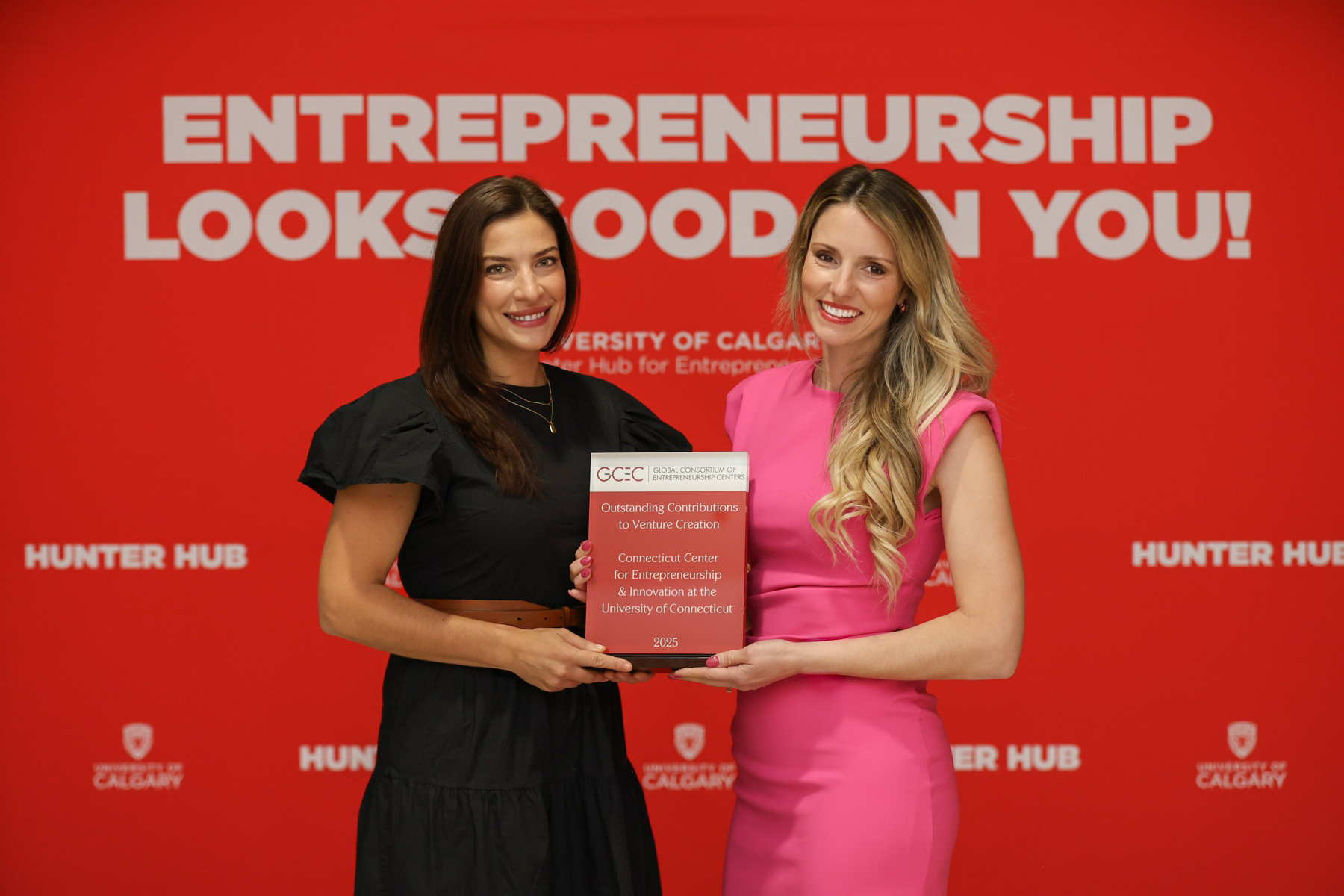Thousands of new and returning UConn students will soon start moving into Storrs and Stamford residence halls in preparation for the fall semester, which begins Monday, Aug. 29 at all campuses.
As in past years, the UConn Storrs population is expected to jump significantly Friday morning, as first-year students start moving in and exploring campus with their families, then gather that evening for the annual Torch-Lighting Convocation Ceremony.
The activities continue Saturday and Sunday as thousands of returning and transfer students move into Storrs residence halls, and as all Stamford residential students return to the three buildings which serve that campus.
By Monday, more than 12,000 students will be settled into the 18 residential communities at UConn Storrs, and about 460 will live in student housing near UConn Stamford.
All told, about 23,750 undergraduates will be attending classes this fall at Storrs, Hartford, Stamford, Avery Point, and Waterbury. Thousands of other students also are enrolled as graduate students and at other campuses in UConn’s schools of law, social work, medicine, and dental medicine.
Move-In Weekend:
Students moving into the Storrs and Stamford residence halls have been provided details on how to sign up for a time slot, directions for their specific location, and other guidance in a detailed plan posted on the Residential Life website.
Students and their families will go to assigned parking lots to receive their keys and check in, then will wait there until directed to head to their residential area to unload their vehicles. After unloading, they will move their vehicles to an area away from the buildings so others can approach to unload.
Drivers and pedestrians are urged to exercise caution and extend consideration for each other at all locations, but especially at UConn Storrs, where a significant number of people arriving over the weekend might be unfamiliar with campus roads.
Drivers must always yield to pedestrians, and pedestrians should always use crosswalks where available. They also are encouraged to use alternate routes on and around the Storrs campus during daylight hours when possible to avoid delays from move-in traffic.
Some traffic patterns will change to facilitate move-in traffic and some roads may be partly blocked or temporarily used for one-way travel, so drivers are urged to be cautious and follow signage and direction from University representatives on site.
In one such change, UConn closed a portion of Hillside Road on the Storrs campus starting Friday, Aug. 12, as part of a pilot effort to remove vehicles from the traffic-heavy stretch near the Student Union between Glenbrook Road and Jim Calhoun Way.
The pilot program will last throughout the fall semester and be assessed afterward to see if it met its goal of making the area safer and more friendly to pedestrians and bicyclists. Buses and emergency vehicles are still able to use that stretch of the road, but other passenger vehicles cannot.
Some UConn bus routes also have changed since last spring, so students should check the Transportation Services web page for updated lines and stops.
Off-campus construction that is not under UConn’s control could also affect the drive to Storrs and other campuses. Drivers can check the state Department of Transportation’s interactive travel map and its Twitter feed to learn about active construction projects and jams near the University’s campuses and statewide.
Health and Safety Measures:
As the coronavirus has become part of normal public health planning and pandemic emergency conditions have eased, UConn has adjusted its policies accordingly.
Students who plan to live on campus and/or attend in-person classes must still provide proof of COVID vaccination or have requested and received an exemption to UConn’s policy. COVID-19 vaccinations and boosters are also available through Student Health & Wellness (SHAW).
Students will no longer need to take a COVID test as a condition of moving into a residence hall.
Masks are also no longer required in residential halls or classrooms, although they continue to be encouraged. They are required in SHAW clinical areas, however.
COVID testing will be available to symptomatic Storrs students who come to SHAW, and those who test positive will be encouraged to recover at home if possible.
If that isn’t possible, they will remain in their residence hall space and self-isolate, and their roommate(s) can choose to either stay, go home, or receive temporary housing from the University in Mansfield Apartments.
Although UConn has stopped contact tracing and random testing as the variants’ severity has decreased, it will continue to actively monitor wastewater throughout the Storrs campus to watch for the virus and try to head off spikes in cases in particular areas.
Considerations for Employees:
Employees whose jobs allow them to telecommute on Friday can consult with their manager about the possibility to help ease on-campus traffic during the new students’ move-in period.
Starting Monday, teams and employees who regularly interact with students or provide student services are expected to work in person during regular business hours, although managers can exercise authority to determine where telecommuting or hybrid arrangements may be appropriate.
Employees also should fill out and submit new telecommuting forms covering the period through Dec. 31.
Staff and faculty with questions about COVID guidelines can find information on the Campus Guidelines site and the Human Resources website. Information on COVID exposures, positive COVID tests, and notification procedures is on the COVID Decision Trees on the HR website.



